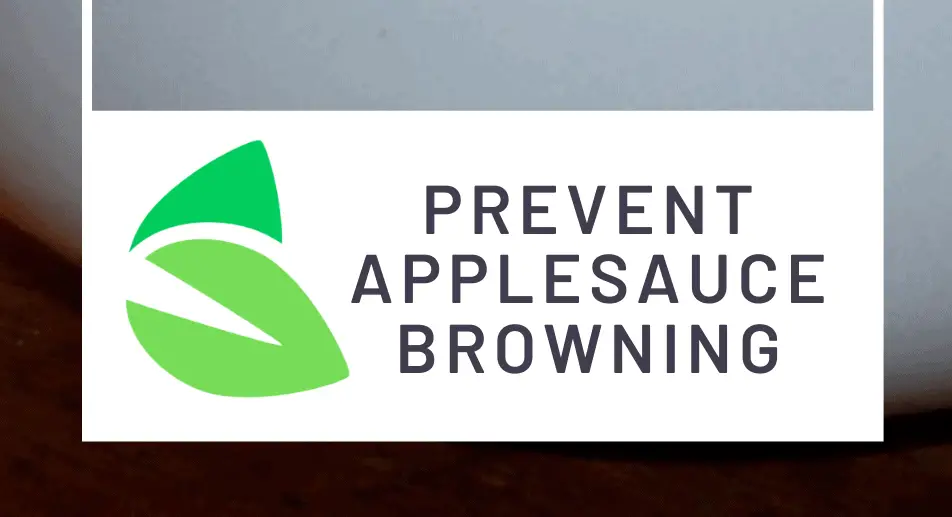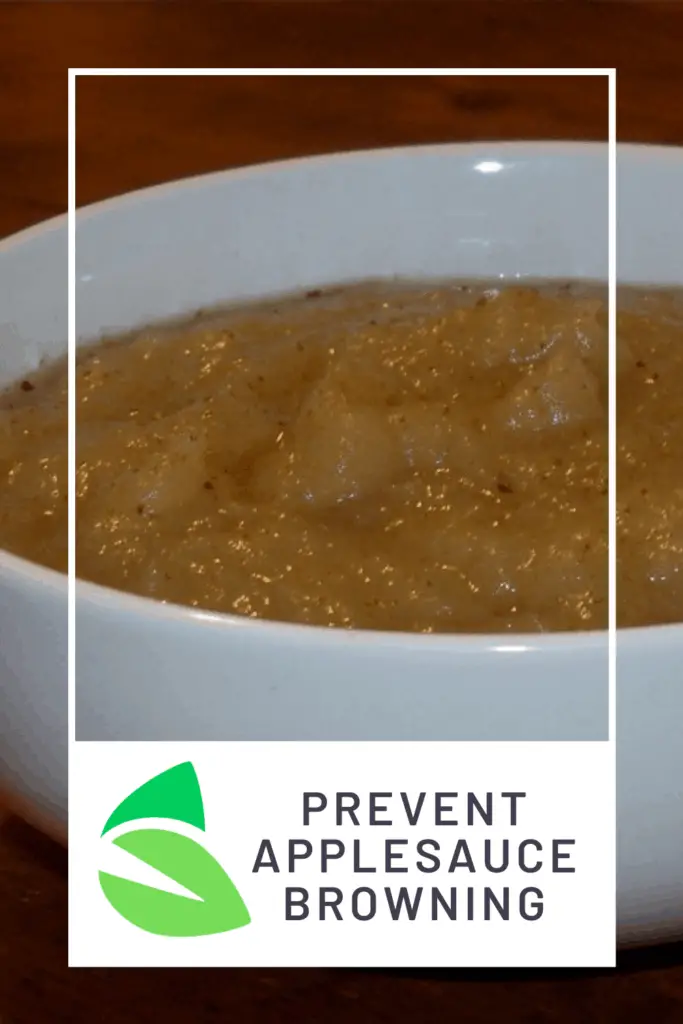I am a well-rounded expert with proficiency in several fields. My experience spans from being a dedicated chef and homemaker. As a passionate homesteader, I’ve honed my skills in sustainable living and animal care, ensuring a holistic approach to everything I undertake. Email me or Txt: (# removed due to spam, please email)
This used to happen to us until we did research on how to prevent it. Since other people face the same problem, we decided to write this article. It includes everything we’ve learned about why canned applesauce tends to turn brown, and how to fix it.
Right off the bat, the easiest way to prevent it is to add 1 tablespoon of lemon juice (or another ascorbic acid source) for each quart of sauce you have.
This will help prevent the enzyme reaction from taking place when the applesauce meets the air in the headspace.
Browning can also be avoided by cooking your apple sauce at a higher heat for longer periods. This will stop the enzymatic process as well as create a better air-free space in the head of the jar.
So why does this happen?
It turns out the answer to why was pretty straight forward. The same reason a sliced apple or potato or a million other fruit and veg turns brown if you don’t stick it in water. Enzymes.
What’s are enzymes?
“Simply put”, enzymes are a type of protein (not all) that will quicken a chemical reaction. They bind to the molecules, in this case, in fruit, and alter them based on their chemical composition.
In our case, Turning our precious apple sauce brown when it comes into contact with air molecules.
How does heat disable the enzymes?
By heating our apples up to a certain temperature (which in most cases is 15 minutes in a canner) an enzyme will become denatured.
For visualisation purposes, picture a piece of limp spaghetti.
Changing the PH level will also have the same effect, Which is why powdered ascorbic acid is a good thing to have on hand in the kitchen, Or a simple lemon will work too.
What else can cause browning in applesauce?
At any point during the cooking process, there is a good chance your apples are interacting with a lot of air molecules.
That’s why you will always hear people say to get it from stove to bottle as fast as possible. This lowers the mixture of air and enzyme before it’s been heated.
Depending on the type of applesauce recipe you are using, You may need to use a sieve or blender.
In order to counteract the excess air being mixed into the puree with this sort of process, you should cook it on the stovetop right away.
Is it still good to eat?
Yes! As long as the jar has remained sealed, the smell is normal, as well as there is no mold growth.
If there is any change to the smell at all, it’s better to just throw it away. The same can be said for any mold or other intense color changes.
As long as the seal is untouched and remains intact, it’s pretty unlikely for a food as acidic as apple sauce to just go bad, And a bit of browning from enzyme denaturing isn’t a big deal.
For the most part, everything will taste like it should.
In fact, there are a number of apple sauce recipes that call for browned apples. Food for thought.
Conclusion
If it’s brown, chug it down, if it’s green, throw it in the latrine. Well, that’s something someone close to me would say about this subject.
Enzymes cause a chemical reaction when an air molecule interacts with the protein, speeding up the initial chemical reaction which causes your fruit to turn brown.
The best way to avoid it is to cook it longer at high heat (high heat pack) or add additional food grade ascorbic acids.




